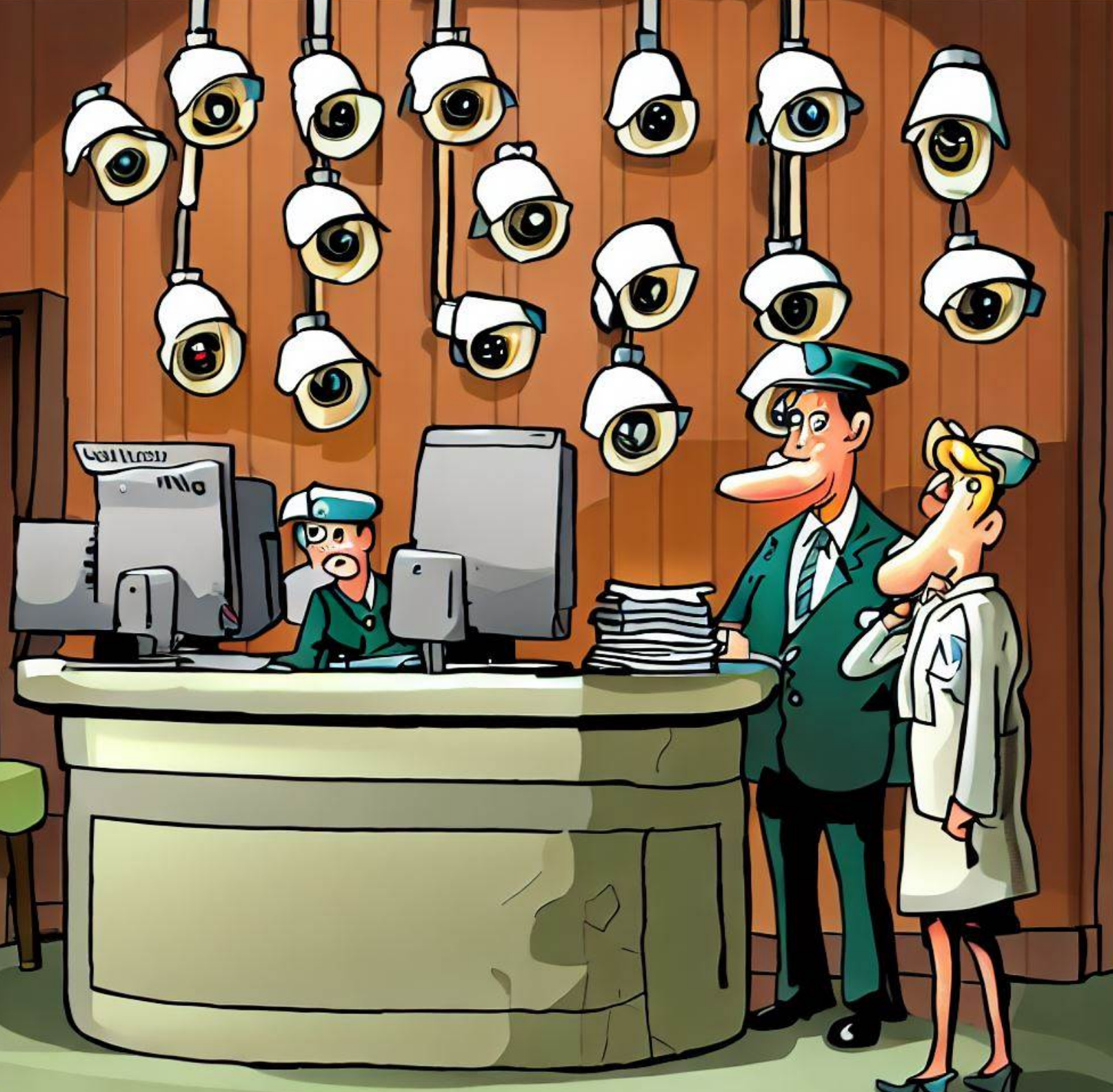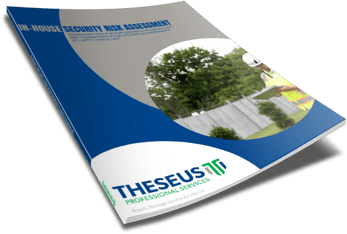3 min read
Balancing Security Policies, Procedures, and Technology: A Holistic Approach to Physical Security
![]() Theseus Team
:
Jul 13, 2023 9:20:27 AM
Theseus Team
:
Jul 13, 2023 9:20:27 AM

Physical security is a comprehensive and intricate balance of security policies and procedures, and the incorporation of innovative technology without over-deploying cameras and other devices that can make your visitors and staff feel like suspects. The marriage between these traditional and modern aspects of security is not a luxury, but a necessity in our ever-evolving threat landscape.
Security Policies and Procedures: The Cornerstone of Security
Policies and procedures form the cornerstone of any physical security plan. They offer a structured roadmap, delineating guidelines and actions for various security scenarios. In essence, they constitute an organization’s first line of defense, setting expectations and assigning responsibilities to employees in relation to security.
The importance of this groundwork cannot be understated. Without clearly defined policies and procedures, even the most advanced security technology can falter. After all, technology is merely a tool. It is the implementation of such tools, guided by thorough policies and procedures, that fosters an effective and robust security landscape.
Consider access control as an example. A biometric access system represents a marvel of modern technology. However, without an accompanying policy outlining who has access, during which hours, and to what areas, the system is incomplete. Similarly, without procedures detailing actions during access violations, responses may be delayed or ineffective, rendering the technology less valuable.
Our Seaun Waldroup, PSP is an expert at determining site vulnerabilities. His military deployments focused on securing overseas facilities from a policies, procedures, and construction perspective. Be sure to reach out to Seaun to discuss a comprehensive site risk and vulnerability assessment for your facility.
Leveraging Technology: The Future of Security
While policies and procedures lay the groundwork, innovative technology is the catalyst that propels physical security into the future. Technological advancements can provide unmatched capabilities in preventing, detecting, and responding to security threats. From surveillance systems and intrusion detection to facial recognition and artificial intelligence, technology is reshaping the physical security paradigm.
However, embracing new technology should not be a mere exercise in trend-following. Instead, it should be a thoughtful process, fully integrated into an organization's existing policies and procedures. The key is not to retrofit policies around technology, but to adapt technology to align with a company’s unique security needs and existing protocols.
To maximize the potential of security technology, an organization must understand its capabilities and limitations. This understanding allows the technology to seamlessly dovetail with the established policies and procedures, ensuring a holistic and harmonious security approach.
Our Eric Moreau, PSP sets the bar for our technology designs based on thorough risk and vulnerability site assessments. Consider reaching out to him to discuss technology options.
A Symbiotic Relationship
Security policies and procedures, and the implementation of new technology, are not standalone entities, but symbiotic aspects of a comprehensive physical security strategy. Policies and procedures serve as the blueprint, while technology provides the tools to realize this blueprint.
Ignoring either aspect can lead to serious security gaps. Policies without technology might lack efficiency and efficacy, while technology without policies can lead to misuse or underutilization. Therefore, maintaining a balance between these two aspects is crucial for the development of a comprehensive, effective, and robust physical security system.
The path to robust physical security is not a choice between policies and procedures or new technology; it’s an intricate dance between the two, guided by an expert security consultation and engineering firm like Theseus Professional Services.
Contact us for a complimentary discovery meeting.
FREE: In-House SECURITY RISK ASSESSMENT CONSIDERATIONS GUIDE
 Security professionals are constantly looking for innovative ways to secure their facility and provide a safe environment within their budget. And, they are also constantly looking for resources to help them achieve that mission while expert advice is hard to come by.
Security professionals are constantly looking for innovative ways to secure their facility and provide a safe environment within their budget. And, they are also constantly looking for resources to help them achieve that mission while expert advice is hard to come by.
Fortunately, we have released a considerations guide that will help security professionals perform their own in-house security risk assessment.
What's Inside?
This guide is intended to assist you with performing an in-house physical security risk assessment. In many cases, assistance from a third-party expert, like Theseus Professional Services, is required.
Identification of missing or inadequate physical security measures that safeguard assets (people, property, and information) and critical business functions is of paramount importance. The findings of a security risk assessment are used to measure and communicate the level of risk to the organization.
- Process Evaluation
- Threats
- Vulnerability Assessment Highlights
- Electronic Security Systems Considerations
- Site Considerations
- Building Entrances and Exits
- Common Functional Areas
- Building Envelope
- Utilities and Building Services
- Building Systems




